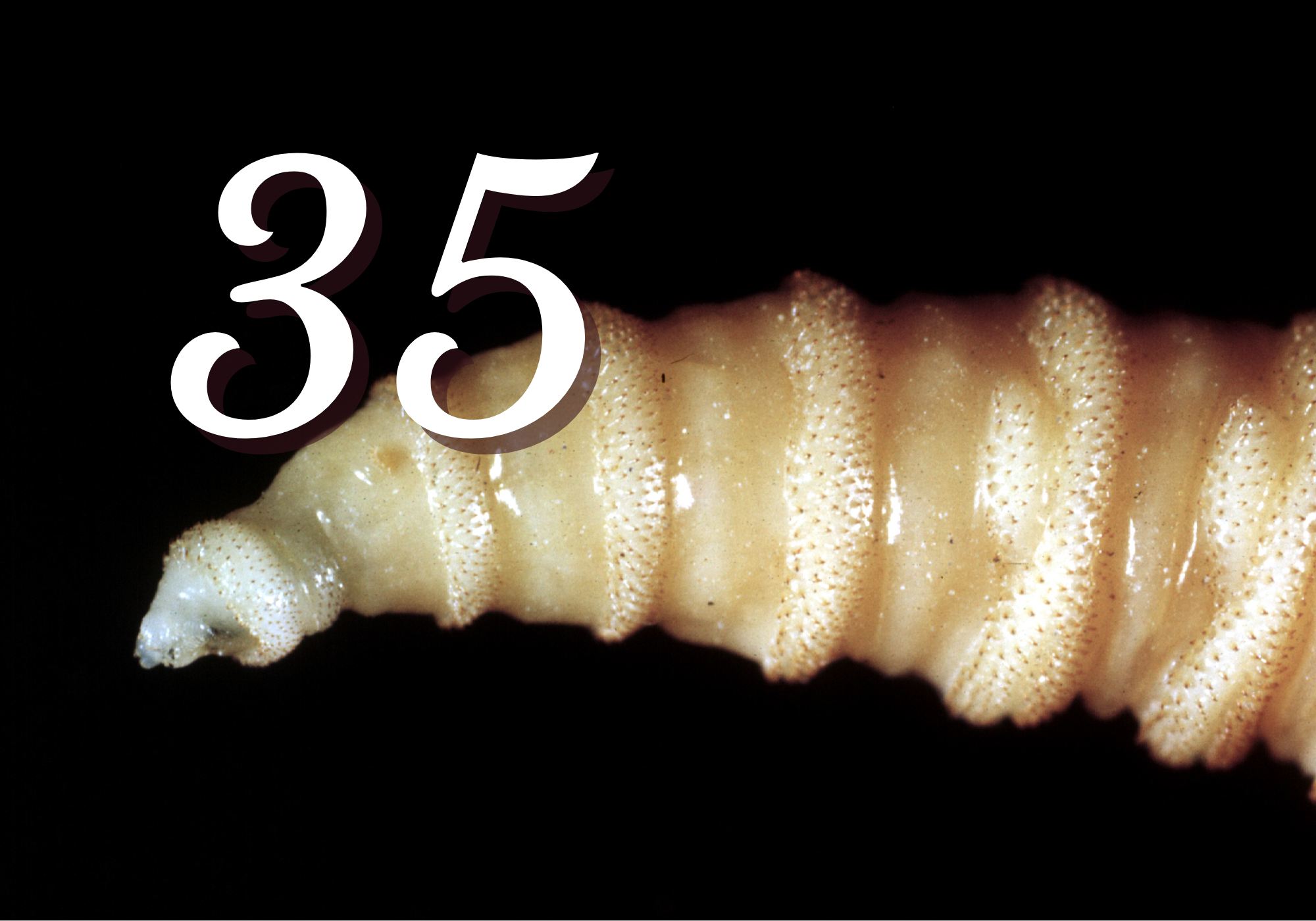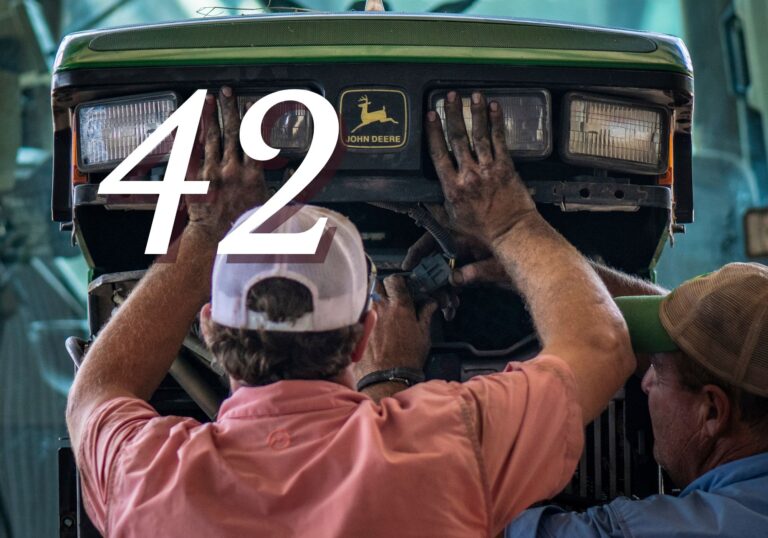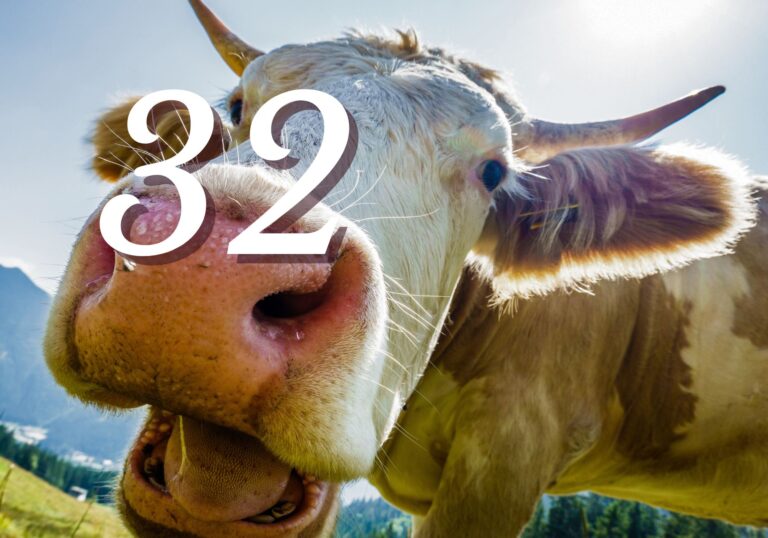New World Screwworm
Unlike the rapid and excessive response to H5N1 bird flu that resulted in biosecurity requirements, mandatory culling of millions of poultry and removing thousands of dairy cows from productive use, the USDA until recently took a more relaxed approach to New World Screwworm (NWS).
The New World Screwworm (NWS), a flesh-eating parasite resulting from fly larvae, endangers livestock, pets, wildlife, and rarely humans — threatening the U.S. livestock industry, which is worth over $100 billion in economic activity per year. [1]
Its northward spread from Panama began in 2022, when open border policies facilitated the movement of millions of people through the Darién Gap — breaking through the long-standing biological barrier that had been created through a multi-government sterile fly production and release program that had been active in Panama for many decades, supported by the U.S. government. [2]
The New World Screwworm can now be found in Mexico, about 700 miles from the United States border, demanding urgent action.
Earlier this year, the USDA failed to do what ranchers expected: halt livestock imports from affected regions promptly, thus risking pest incursion. Despite warnings, the southern border remained porous to livestock and wild animals, and surveillance lagged.
In August 2025, USDA began to take the threat seriously.
Now, the USDA has unveiled a five-pronged plan: investing $100 million in innovative eradication technologies, building a sterile fly production facility in Texas to eventually release 300 million sterile flies weekly, enhancing border surveillance with “Tick Riders” and detector dogs, strengthening Mexico’s containment efforts, and ensuring food safety inspections. [1][3] A third sterile fly factory will be coming online in Mexico as well.
These steps aim to fortify our defenses and push the flies back down to the Darién Gap before they reach U.S. animals. [3]
While this aggressive response is very promising, the situation highlights how the government’s reactions to diseases, pests and agricultural threats place farmers’ livelihoods and consumers’ access to food at risk.
Moreover, there’s rarely consistency when it comes to how and when the government responds to outbreaks. This makes it incredibly difficult for farmers to plan ahead in the face of an emerging threat.
For example, the government’s response to bird flu, which focused on culling entire poultry houses, backyard chicken flocks and taking milk cows out of production rather than acknowledging the source of the spread (migratory waterfowl), which could never be eliminated, cost poultry farmers an estimated $1.4 billion in losses. [4]
However, when it came to New World Screwworm — a pest that cost the lives of 180,000 U.S. animals and millions of dollars prior to its eradication in 1966 [5] – the USDA was indecisive, and slow to close the border. This left many ranchers to question if they should take out more loans to rebuild their livestock herds again.
While the most recent USDA announcement will help to give farmers the type of reassurance needed to begin rebuilding, its success hinges on execution and coordination between agencies and across borders.
Once again, America’s farmers are at the mercy of forces entirely outside of their control.
Sources
- https://www.usda.gov/about-usda/news/press-releases/2025/08/15/usda-announces-sweeping-plans-protect-united-states-new-world-screwworm
- https://arstechnica.com/health/2025/05/screwworms-are-coming-and-theyre-just-as-horrifying-as-they-sound/
- https://www.aphis.usda.gov/livestock-poultry-disease/cattle/ticks/screwworm/outbreak-central-america
- https://www.avma.org/news/usda-announces-additional-1b-toward-h5n1-efforts#:~:text=As%20of%20November%202024%2C%20the,infected%20multiple%20times%20with%20H5N1
- https://www.uaex.uada.edu/media-resources/news/2025/january/01-27-2025-ark-new-world-screwworm.aspx






